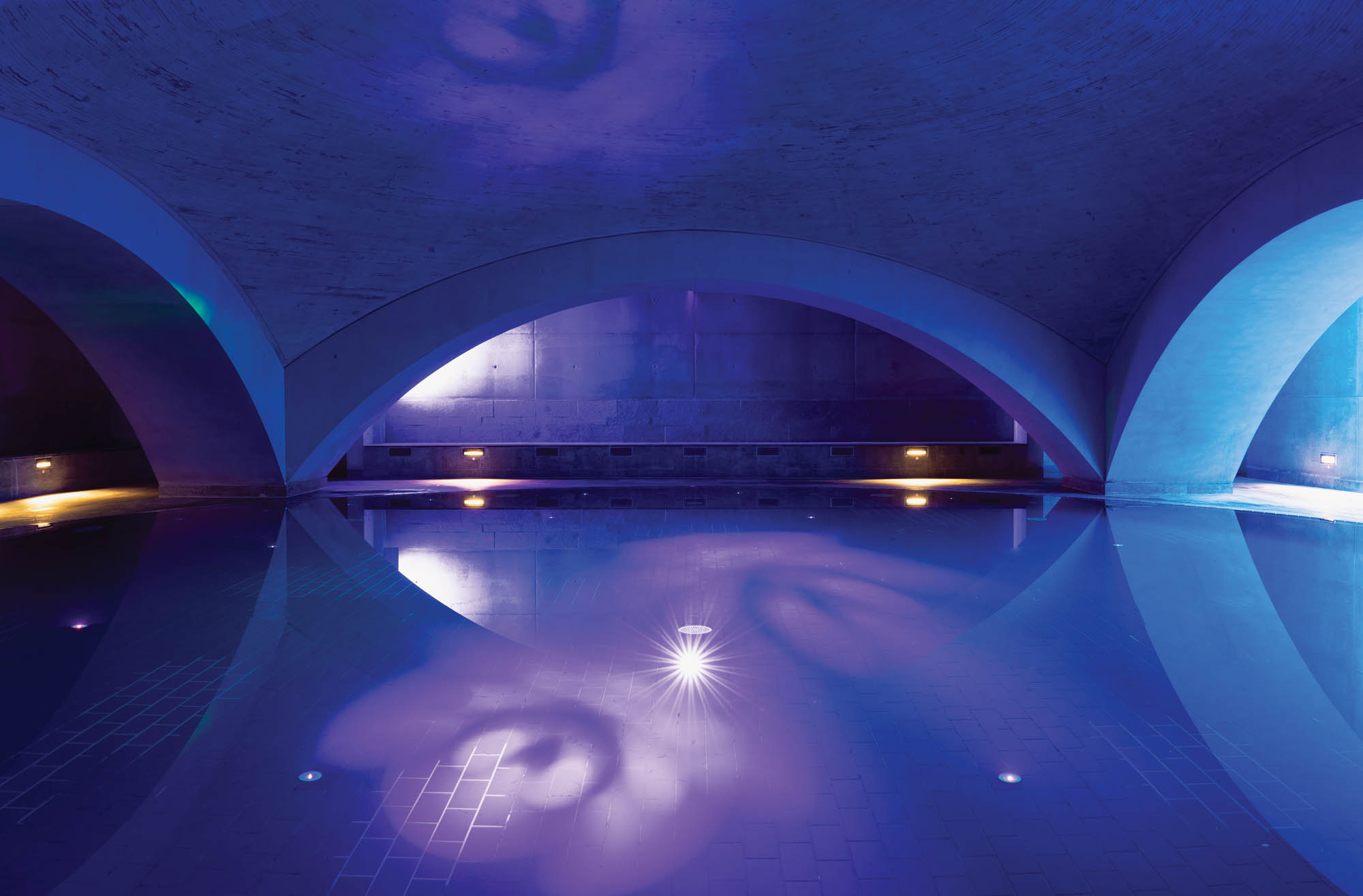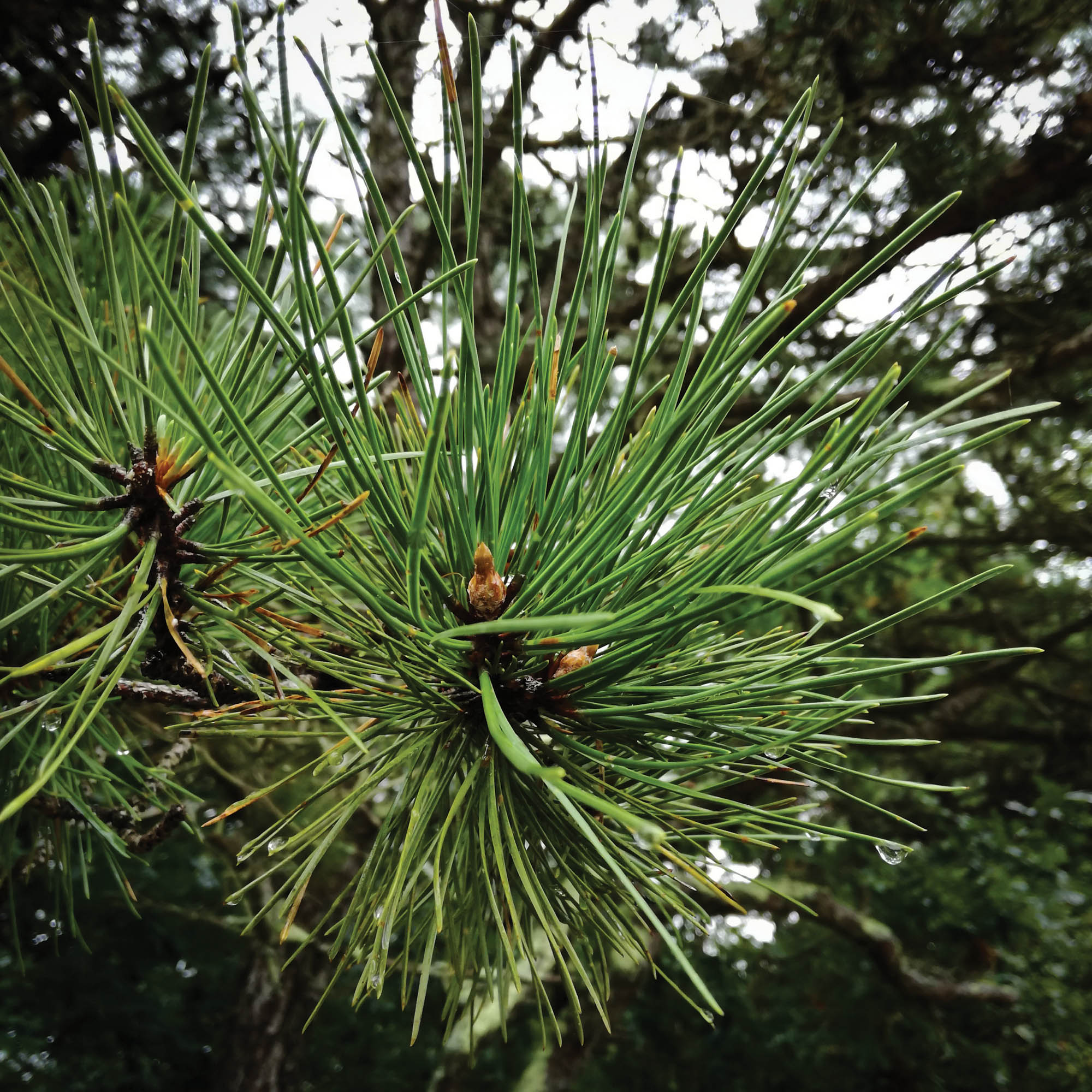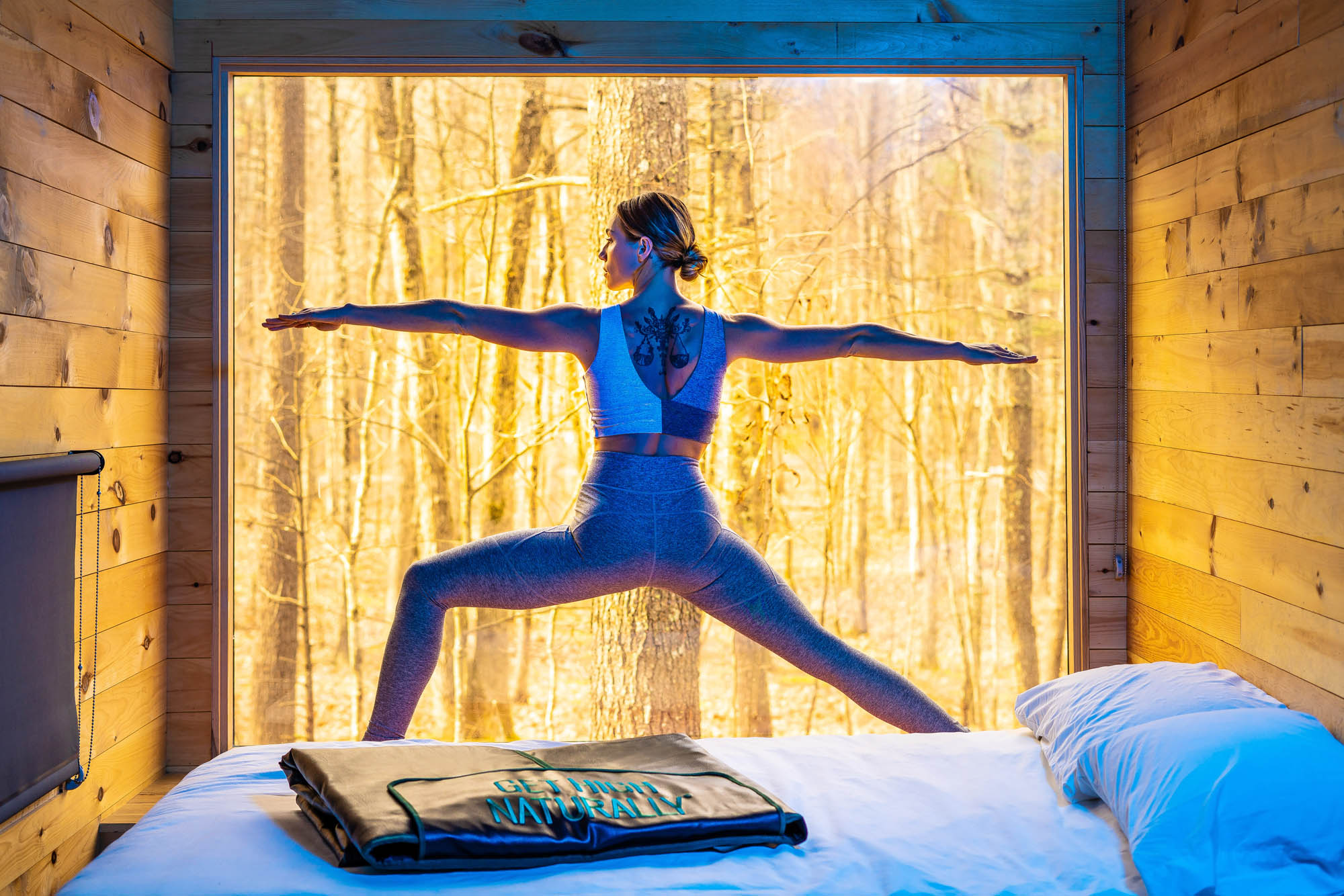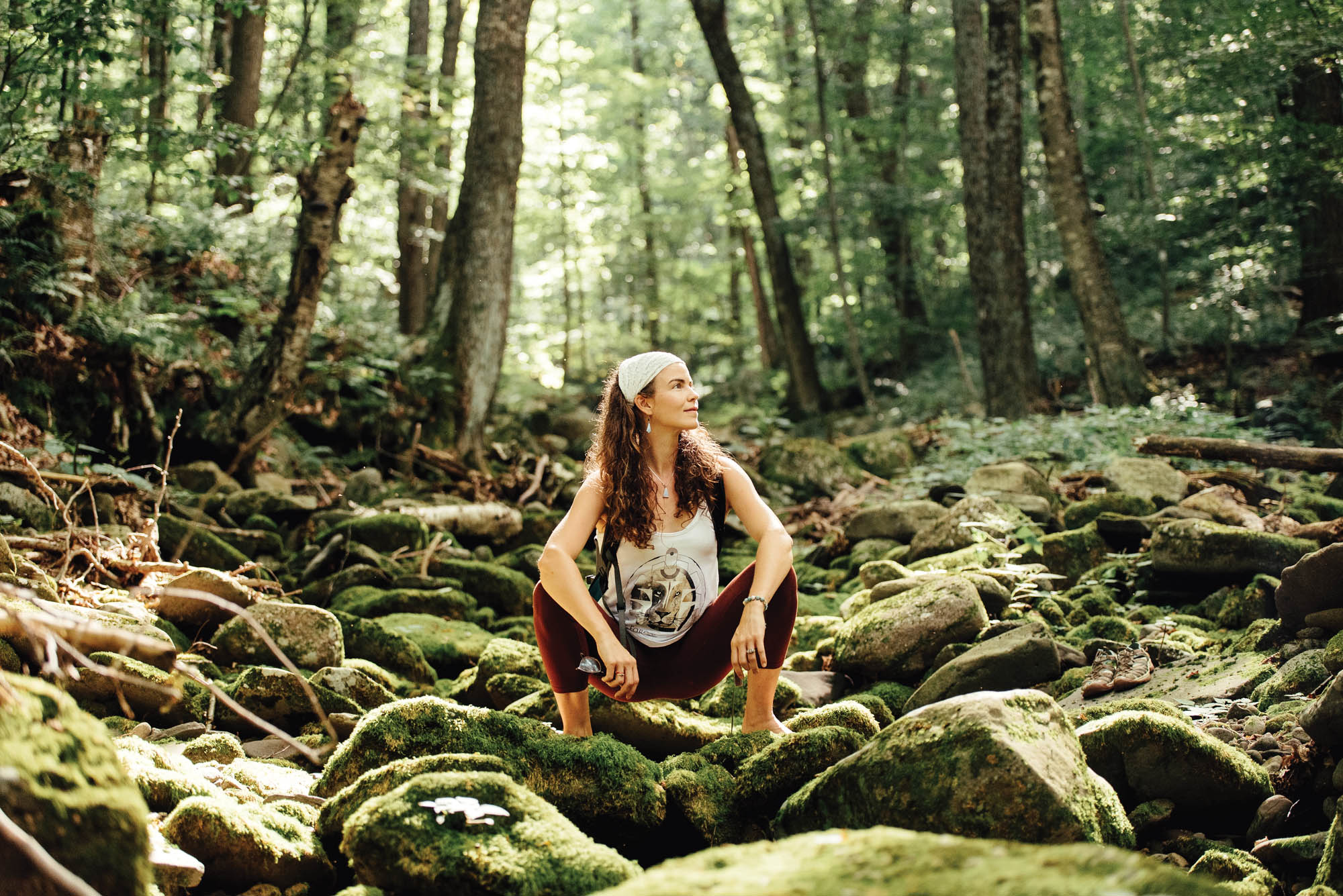By Judy Chapman
Like many others around the globe, I returned home at the start of 2020 to take comfort in a place that felt clean, healthy, and safe. My family home happens to be in Byron Bay, Australia, a beautiful region renowned for being at the frontier of many wellness movements; organic food co-ops, regenerative farming, off-the-grid homes and retreats, and most significantly, a community dedicated to sustainability and self-reliance when it comes to personal and planetary wellbeing.
This brings me to the wellness trends highlighted in the 2022 Global Wellness Trends Report produced by the Global Wellness Summit (GWS).
Each year the GWS releases its annual wellness trends forecast based on the insights of hundreds of global executives of wellness companies, economists, doctors, investors, academics, and technologists.
What makes this year’s 110-page report particularly inspiring is the global shift towards wellness, sustainability, naturalism and self-reliance!
“One thing that this forecast makes clear is that the future of wellness will be anything but a ‘restart’ of 2019. What consumers now need most, what they perceive as ‘true wellness,’ has profoundly changed” , says Susie Ellis, Co-Founder, Chairman & CEO.
Here’s a look at several of the wellness trends featured in this year’s report…
A New Dirt-y Wellness – The health of the world’s soil—and the impact of soil exposure on human health—become far more important. Think: “soil-bathing” – Beth McGroarty – VIP research, GWS.
“Human,” derived from the Latin word “humus,” meaning rich, living soil.
Did you know that Soil is our planet’s most extraordinary ecosystem? One handful contains 50 billion life forms and for millions of years, the microbial stew that is living soil did its job: from cycling nutrients to plants to capturing vast amounts of atmospheric carbon.
Most of us are aware of how industrial agricultural methods have quickly decimated the world’s soil microbiome: one-third of all farmlands is intensely degraded to the extent that we are now living in what is known as a ‘soil crisis’. We are soil-deprived and no longer bathing in all that bacterial and fungal richness.
Mounting research indicates that the soil and human microbiomes are anciently connected, and that soil exposure has an impact on everything from food to mental health and our immune system.
However, the good news is there are many trends emerging to get people back to some soil bathing.
There’s an unprecedented greening of the urban landscape and at wellness resorts, the farm—and increasingly the regenerative farm—is becoming as important as spa and fitness. Think: soil-to-guest, beyond farm-to-table.
New regenerative agriculture (techniques that restore soil’s biodiversity) is the hottest topic in farming and will now become a hot topic in wellness. “Regen,” or “soil-certified,” will be the next food label, because it’s far more meaningful than “organic”, not only for its huge environmental impact but because soil health is the true lens into food’s nutritional value. In wellness real estate, regen-agrihoods are a real trend to watch.
There’s also an incredible research boom in decoding the soil microbiome and unriddling how it impacts human health (through what we eat, through exposure). There are engineering interventions that help the soil thrive, so that we thrive. The future will be as intuitive as it is high-tech.
Wellness businesses are getting people back to the soil in so many simple ways; whether gardening, farming, foraging, or forest bathing. A recent Finnish research created ‘forest floor’ playgrounds daycare centers and in just a month the children showed significantly increased T-Cells and other important immune markers in their blood.
That said, we must act fast to restore the soil if we want to be able to feed the world, fight climate change, and protect human health. That isn’t some “trend” it’s our very future.
Next-Gen Naturalism
‘The return of self-reliance’
Written by Skyler Hubler and Cecelia Girr, ‘Next Gen Naturalisim’ is one of the most inspiring trends for 2022.
For decades, the concept of progress has been praising automation, rewarding the businesses who deliver convenience on-demand, and admiring nature from a safe distance—glorifying it without respecting it. However, according to this trend, the looming threat of global upheaval is forcing us to change our ways. As we collectively reckon with the fragility of our planet and the instability of our food supply chains, we’ll see a long-overdue return to self-reliance.
After years of unlearning ancient skills—from how to start a fire to how to grow our own food—we’re finally getting our hands dirty again and taking pride in DIY projects.
This shift is called Next-Gen Naturalism.
Next-Gen Naturalism challenges us to turn old practices into proactive solutions. By learning how to work with nature, rather than against it, we can get back to the timeless skills that once kept us alive.
This self-sufficiency boom is already evident in the global growth of outdoor survival schools, foraging, homegrown produce, and TikTok #ecohacks. And it’s a trend that’s very much in line with the larger shifts towards back-to-basics wellness. Just as wellness is returning to the fundamentals, Next-Gen Naturalism requires a Marie Kondo-esque simplification of one’s life and consumption, placing a refreshing focus on the natural world and ancient practices. It’s a no-frills kind of wellness that forces us to rethink how we use our natural resources, how we source our food, and ultimately—how we prepare for a shaky future. Because in unpredictable times, preparedness equals peace of mind.’’
Wellness Travel: Seekers, Welcome
Post-pandemic travelers are ready for adventure and engagement
As an avid wellness seeker for the last two decades, I resonated with ‘Wellness Travel, Seekers, Welcome’ trend presented by Elaine Glusac, a New York Times journalist and freelance writer.
‘Intention is the future of travel this year,’ says Glusac. ‘Social indicators such as the “great resignation,” record retirements and global nomadism reveal profound commitments to work/life balance and personal growth and happiness.’
Gluscac explains the travel industry is rolling out the welcome mat for intentional travelers. These new experiences world tap into a sense of purpose, a desire to grow creatively and intellectually and flourish in new environments. From underwater breathwork in the Caribbean to exploring trauma while hiking the Canadian Rockies, the travel industry is seeking to satisfy our thirsts for intellectual, spiritual and physical experiences. Just some of these include:
Exploring ancient wisdom
From camping in a Sami lavvu or teepee in northern Sweden to learning Haida weaving and language in Haida Gwaii, Canada, indigenous experiences are growing as travelers seek out the original locals and native populations reclaim their homelands.
Learning to grow your own food
During the pandemic, as global awareness of climate change and sustainability grew, many resorts vowed to source more locally, including from their own grounds. Resorts are increasingly offering guest activities themed around foraging, beekeeping and regenerative practices.
Contributing to science
Lifelong learners who want to make a difference can now participate in citizen-science programs. There are expeditions allowing passengers to contribute to work being carried out by scientists in Antarctica. An example is Quasar Expeditions’ where the 18-guest yacht Conservation will engage scientists and passengers in archipelago research, monitoring the impacts of introduced species and tourism.
Healing through nature
Whether it’s ocean surfing as therapy in Mexico or raising and releasing monarch butterflies at the Lake Austin Spa Resort in Texas, adventures are increasingly positioned as wellness quests. An example is Native Like Water runs “coastal distancing” retreats in Mexico focused on surf therapy and healthy eating to address depression, post-traumatic stress disorder (PTSD) and trauma.
Emotional healing journeys
The devastation of the pandemic has also elevated emotional healing programs. At Miraval Resorts & Spas a new grief and loss program nurtures guests through major life transitions, while San Diego’s California Golden Door has seen a boom in post-Covid recovery demand.
Says Nicole Hernandez, who works as The Traveling Hypnotist, offering hypnotism sessions at Four Seasons resorts in New York City and beyond. “The pandemic showed us what really matters and realigned our values.”
Connecting with community
After years of social distancing, travel operators aim to satisfy our social cravings with rich community-based tourism offerings. For example, Noble House Hotels & Resorts has partnered with a technology firm to create a platform where guests will find area recommendations and tours to encourage local spending.
Says Glusac, as the industry recovers from the crippling pandemic, travel offers a myriad of ways for intentional travelers to fulfill their personal missions. In 2022, it’s clear that future trips will provide an opportunity for travelers to reclaim their lives, improve their health, and discover their purpose.
Other 2022 wellness trends…
Senior Living -Disrupted
A wrinkle in time no more!
According to leading aging experts, 90 will be the new 40 within a decade. The exponential jump in longevity means that people are retiring later and focusing on being active and engaged with personal growth into old age.
In this trend, Laura Powell examines new models for intergenerational living environments that can set the stage for reducing age segregation, while increasing social connections, decreasing loneliness, and resulting in better health and wellbeing outcomes for all residents.
Healthier, more youthful, and more active than their cohorts in previous generations, this incoming senior class doesn’t “feel old” and doesn’t want to be defined by age, nor socially segregated by it. That’s why today’s age-segregated models of senior living communities are no longer cutting it with a new generation that doesn’t believe in the concept of being put out to pasture upon retirement.
Urban Bathhouses & Wellness Playgrounds
Affordable wellness is coming to a city near you
Whether it’s new or renovated bathhouses featuring hydrothermal bathing (saunas, steam rooms and pools), large-scale wellness water resorts or public parks, cities around the globe are suddenly making the pursuit of wellness accessible, affordable and inclusive.
Sauna bathing (and communal sweating) is becoming more popular and playful. New public playgrounds that merge nature and art with wellness are also transforming cityscapes—with new manmade beachfronts, scenic boardwalks, pop-up wellness classes, and even water sports becoming available in very unexpected places: like New York, Paris, London, Sydney, Madrid, Tokyo, and more.
Health & Wellness Coaching Gets Certified
Coaches trained in the art and science of motivating healthy changes have been the missing link in both healthcare and wellness
Even though the world spends $8.3 trillion a year on healthcare and $4.4 trillion on wellness, we can’t stem the tide of chronic diseases? Behavior change is the toughest nut, but the positive news is the certified health and wellness coach (HWC) is finally here.
A certified HWC is trained in evidence-based, nuanced conversational techniques that get people developing the intrinsic motivation and confidence to hit realistic wellbeing goals. Unlike the 15 minutes doctors give you, a certified HWC can spend around 50 minutes a week for at least 3 months.
This trend explores how rigorous training and certification programs are now in place and how more insurance companies are covering. It looks at an avalanche of digital health companies plus change: resorts like Mexico’s Cartesiano are now incorporating HWC and Six Senses and Canyon Ranch are opening urban wellness centers for more “everyday” coaching.
More doctors argue these coaches need to be central to all primary care – because behavior change comes from within.
Wellness Welcomes the Metaverse
Health & wellness are attractive to the Metaverse which needs to diversify beyond gaming
The metaverse is happening…it isn’t a maybe. With wellness front and center in consumer’s minds—and at the forefront of business and government strategies around the globe—the world is seeking new technologies that can far better engage and impact the health of many more people. From virtual reality and augmented reality to merged reality and haptics, the coming wellness metaverse will create vast opportunities for each sector of the $4.4 trillion global wellness economy.
More about the 2022 Global Wellness Trends Report
Every year, The Global Wellness Summit (GWS) releases an annual wellness trends report that illustrates the new directions in wellness around the world. This year’s 110-page report goes in-depth on the major shifts ahead in nutrition, wellness travel, wellness real estate, women’s health, men’s wellness, healthcare, technology, sustainability and spas. ☐
Visit the website below for more information:
www.globalwellnesssummit.com.






Leave a Reply